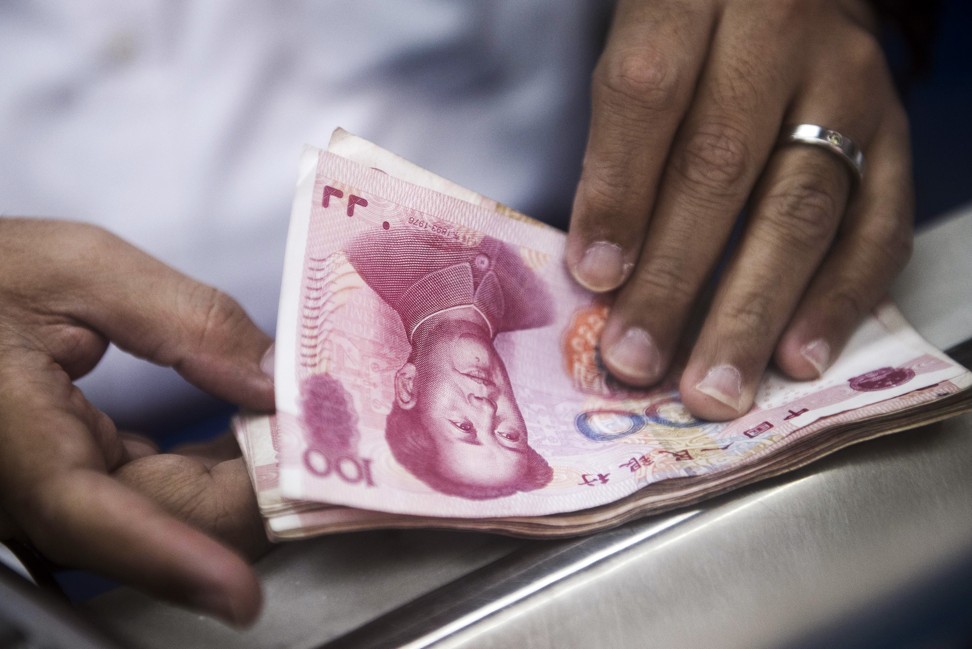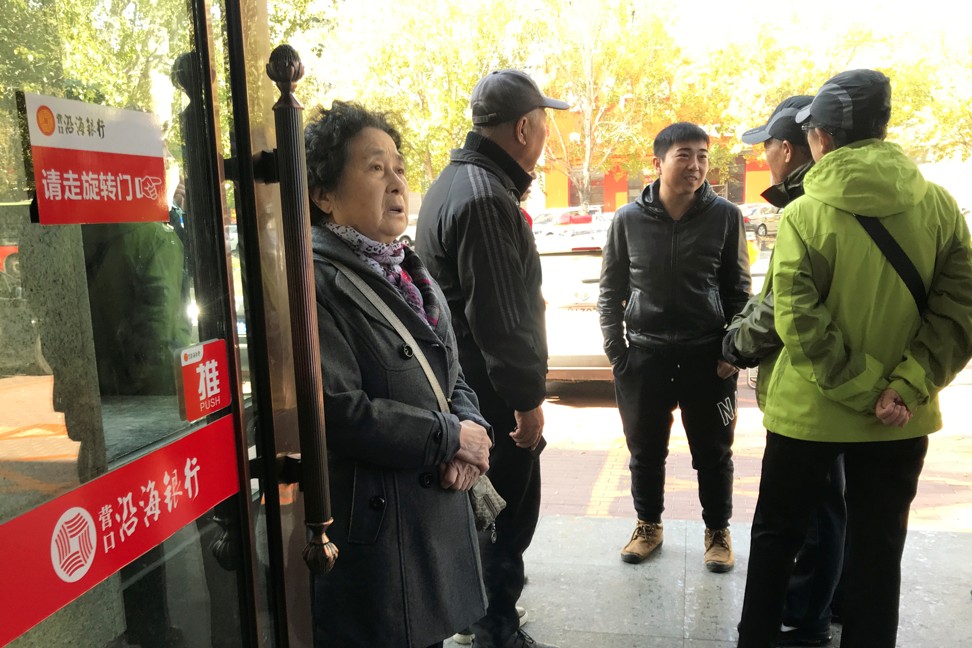
China’s regulators to support smaller banks to limit financial contagion from burgeoning bad debt, PwC says
- China’s regulators to step up support of smaller banks most vulnerable to rising NPLs, PwC says
- State-led seizures, liquidity injections to limit financial contagion
China’s financial regulators need to cut the country’s smaller city and rural commercial banks more slack, as they are most vulnerable to higher-risk borrowers amid a slumping economy and depressed demand caused by the coronavirus outbreak, according to consultancy PwC.
Regulators’ moves to bolster the lenders should help keep the banking sector’s non-performing loan (NPL) level in check, according to Richard Zhu, north China financial services leader at PwC based in Beijing.
Measures that the regulators might take range from a government-led bailout, liquidity support to debt restructuring programmes, he said.
“Regulators would likely step up efforts to prevent NPLs among smaller banks from spiralling into a systemic risk for the banking system,” said Zhu.

The NPL ratio is closely related to banks’ ability to resolve their pile of sour loans, either through sales, restructuring or write-offs. The larger the amount of delinquent loans that banks are able to resolve, the lower the NPL ratio, analysts have said.
“We expect that banks’ ability to resolve and dispose of non-performing loans will stay the same this year compared to 2019, as we have seen their profitability over the past 10 years continue to grow,” said Zhu.
However, for the smaller city and rural commercial banks, whose NPL ratios in 2019 stood at 2.32 per cent and 3.9 per cent respectively, Zhu expects regulators and the government to introduce targeted measures to help resolve or lower their pile of bad debt.

These include asking lenders to offer the nation’s small and medium-sized businesses and micro enterprises a grace period on their debt repayment obligations up to June 30 this year. Some analysts have doubted whether such a repayment grace period will be enough.
It’s not just the regulators that are worried, China’s banking executives are also jittery even before the coronavirus became a full-blown pandemic. Zhu was speaking after PwC published its annual “Chinese bankers survey”, which interviewed 185 Chinese banks and was conducted in November 2019, before the height of the coronavirus pandemic. The survey is in its 11th year.

